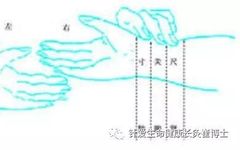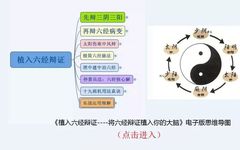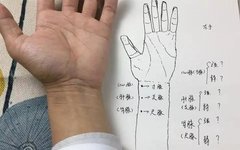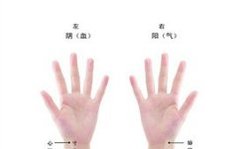Understanding the Deep Pulse (Chen Mai) in Traditional Chinese Medicine
Keywords: Chen Mai Today, let’s talk about Chen Mai (沉脉). Many friends often ask me if their pulse is particularly deep, whether it indicates a serious illness. To answer this question, we must first understand what Chen Mai is. 1 What constitutes Chen Mai Li Shizhen in his work Bin Hu Mai Xue stated: “Chen … Read more









